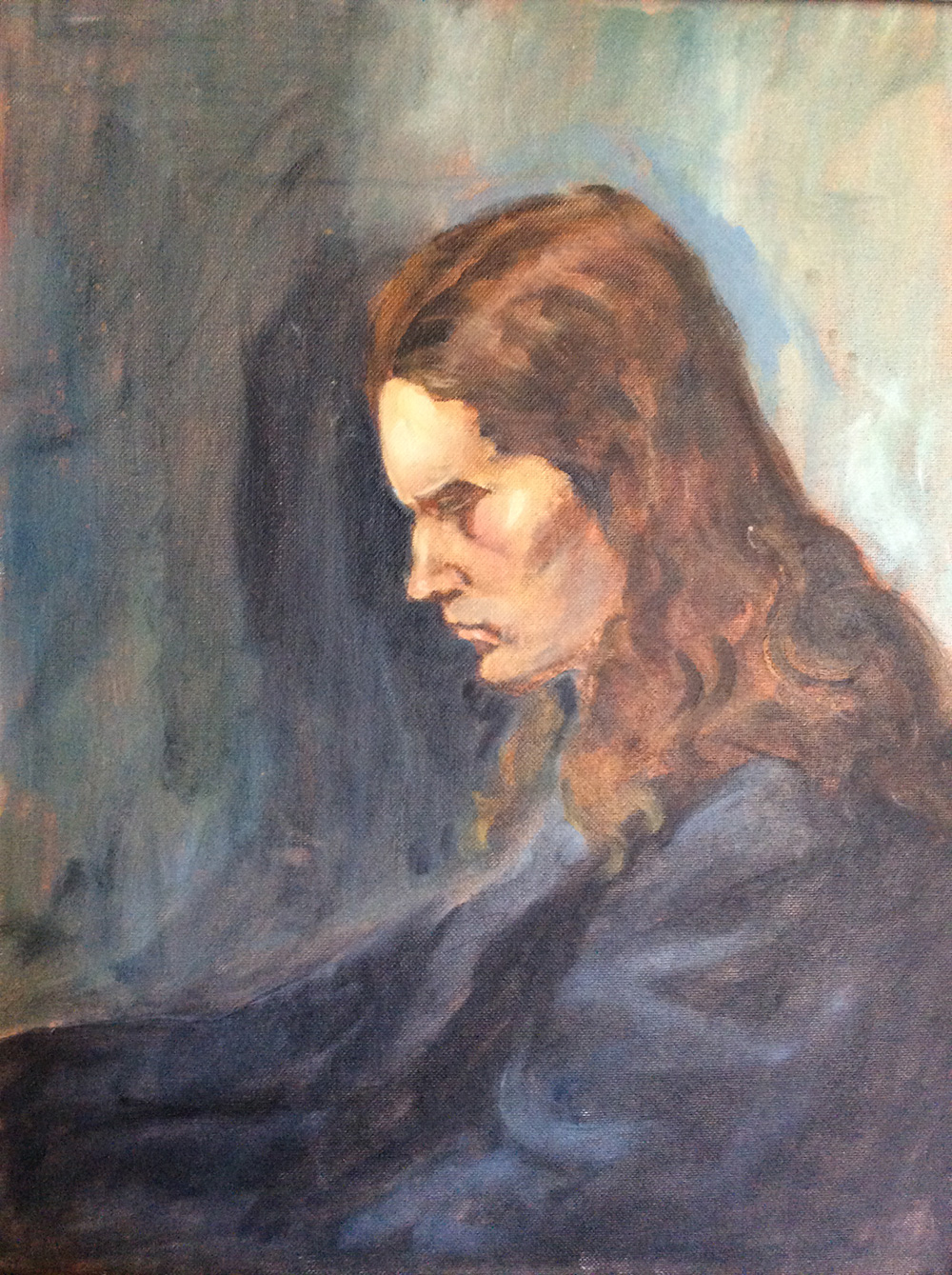Home › Forums › Posts / Chat › Comprehending Bearded Dragon Genetics: Morphs Explained
- This topic is empty.
-
AuthorPosts
-
laceyw72137
Guest<br>Imagine a kaleidoscope of shades and patterns embellishing the ranges of bearded dragons, each telling a unique genetic tale. From vibrant oranges to subtle pastels, the globe of bearded dragon morphs is a interesting one. As you start deciphering the genetic mysteries behind these exciting creatures, you will uncover a entire new degree of appreciation for their beauty and complexity. Allow’s explore how genetics shape the appearance of these beloved reptiles and discover the keys behind their mesmerizing morphs.<br/><br/> Hereditary Basics of Bearded Dragons<br/><br/>When reproducing bearded dragons, understanding the hereditary fundamentals is essential for forecasting and creating details morphs. Inheritance patterns play a important duty in establishing the traits gave from moms and dad to offspring. Bearded dragons show different inheritance patterns such as dominant, recessive, and co-dominant, affecting exactly how genes are revealed in their offspring.<br/><br/> Hereditary anomalies additionally play a significant duty in producing special morphs in bearded dragons. These mutations can occur spontaneously or be deliberately reproduced to enhance particular characteristics. Typical genetic anomalies in bearded dragons consist of shade variations like hypo, leatherback, and clear. Recognizing these genetic mutations is vital to uniquely reproducing bearded dragons to attain preferred morphs.<br/><br/>Common Bearded Dragon Morphs<br/><br/>What are the qualities of typical bearded dragon morphs? Bearded dragons exhibit a wide range of shade variations, which are the result of careful breeding patterns. Common morphs consist of the timeless ” Typical,” which includes earthy tones of brownish, tan, and hints of red monster bearded dragon. The “Citrus” change screens dynamic yellows and oranges, while the “Hypo” morph has reduced black coloring, leading to a lighter look. An additional preferred morph is the “Translucent,” identified by translucent ranges and a distinct look. Breeding patterns play a essential function in identifying the expression of these morphs. For example, breeding two dragons carrying the “Hypo” gene raises the possibility of producing children with the Hypo morph. Similarly, reproducing dragons with the ” Clear” genetics can result in spawn displaying this unique morph. Comprehending the genes behind these usual morphs is vital for dog breeders aiming to create particular color variations in bearded dragon children. <br>
-
AuthorPosts

